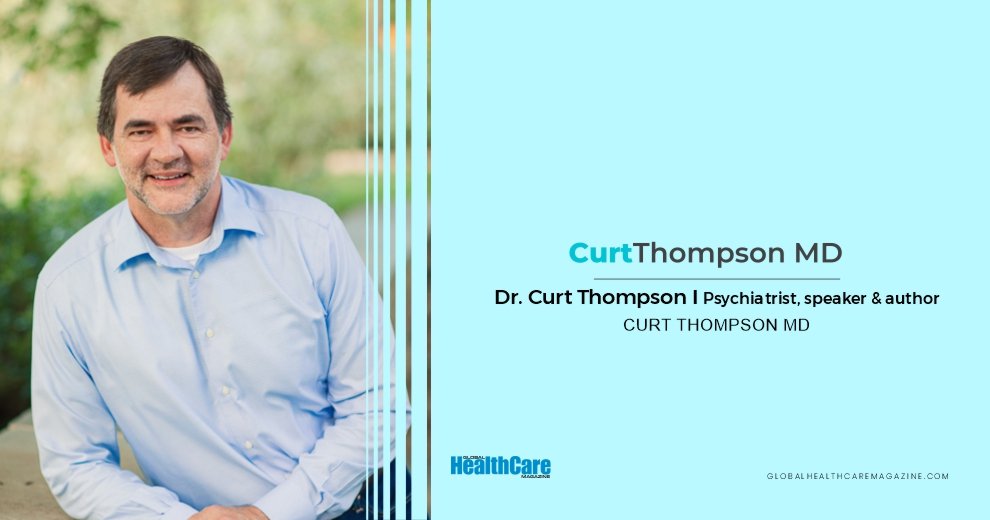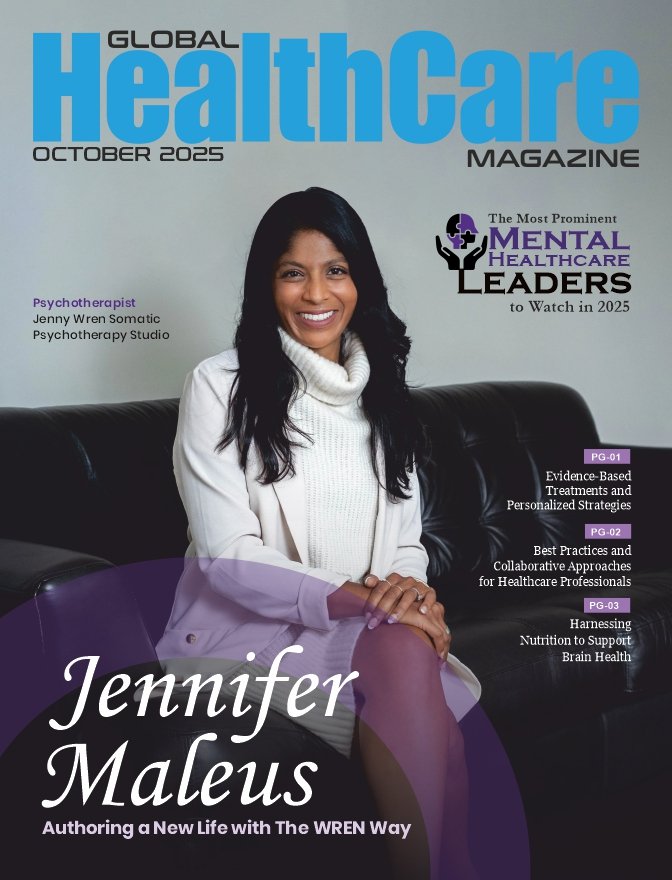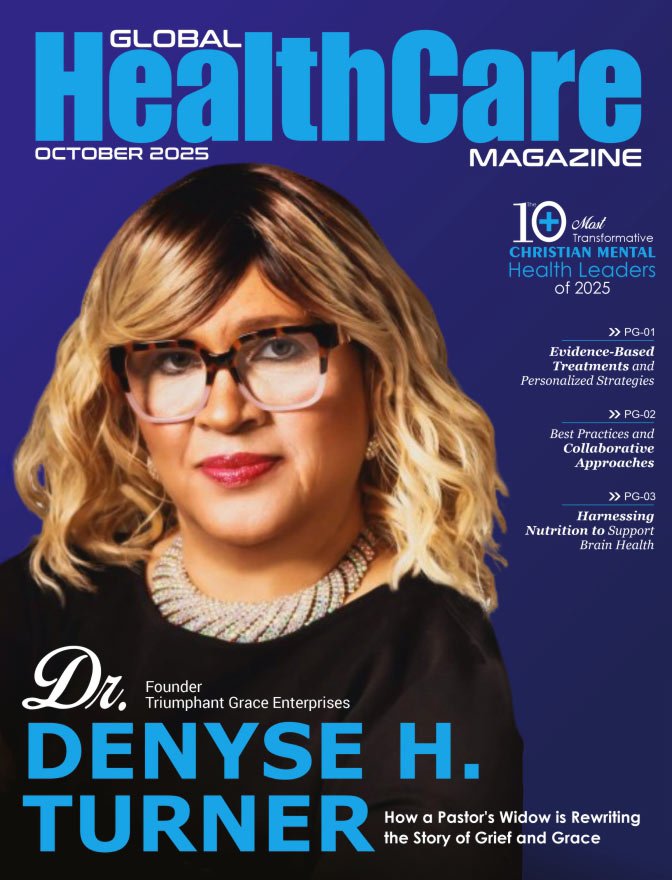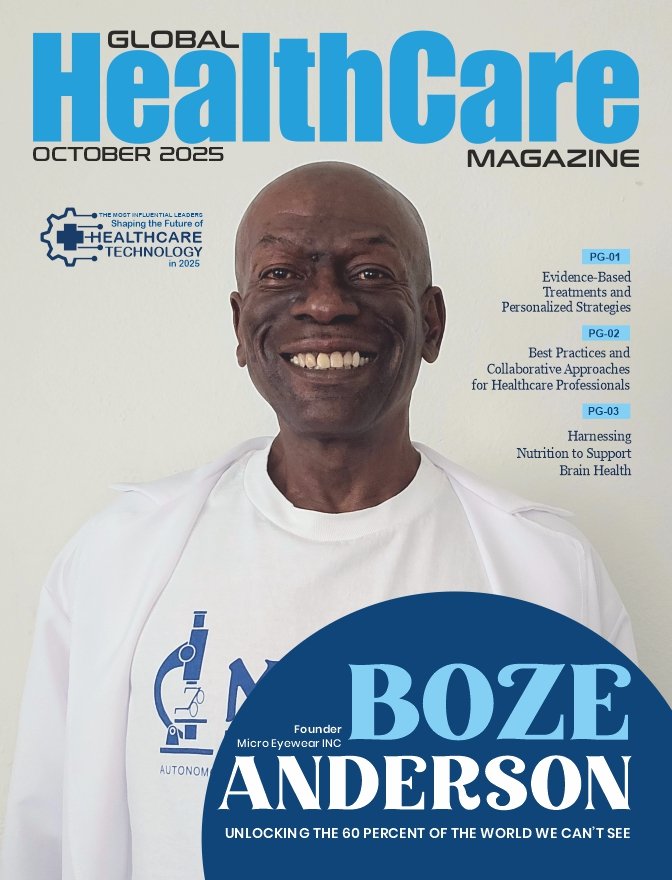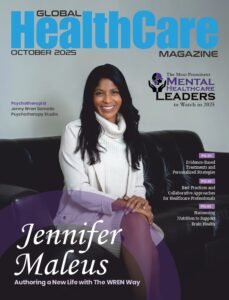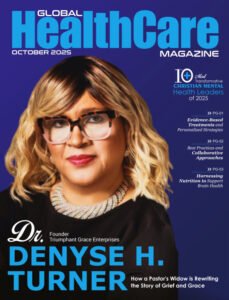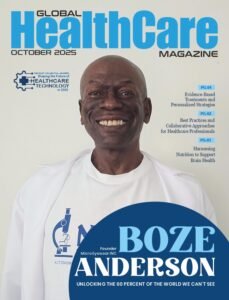Before you ever hear his name, you know the feeling he is talking about. It is a low, cold hum beneath the surface of things. It is the phantom limb of an old wound, the quiet, persistent narrator in the back of your mind that keeps a running tally of your inadequacies. It’s the voice that whispers, I should have done that differently. I’m not smart enough for this. They are all going to find out I’m a fraud. It is the architect of the small, daily cringe, the keeper of the secret fear that you are, at your core, irrevocably flawed. For most of us, this feeling has no name; it is simply the weather we live in. Dr. Curt Thompson, a psychiatrist with the warm eyes of a parish priest and the precise mind of a scientist, has given it a name. He calls it shame. And he has made it his life’s work not just to name it, but to map its origins, trace its pathways through the literal wiring of our brains, and, most audaciously, to prove that it can be undone.
To meet Curt Thompson is to encounter a man who lives comfortably in realms that are not supposed to overlap. He speaks the language of synaptic pruning and myelination with the same fluency that he speaks of Genesis and the Apostle Paul. In one moment, he can explain how a caregiver’s non-verbal cues shape an infant’s orbitofrontal cortex; in the next, he can unpack the theological weight of the Hebrew word hesed, or loving-kindness. He holds these two dialects—the ancient vocabulary of Christian spiritual formation and the cutting-edge lexicon of interpersonal neurobiology—not in tension, but in a beautiful, startling harmony. For Thompson, the MRI machine and the Beatitudes are simply two different ways of looking at the same glorious, complicated, and desperately hopeful thing: what it means to be a human being, alive and in relationship with others.
The Doctor in Two Worlds
Thompson’s practice is in the suburbs of Washington D.C., a city that runs on performance, presentation, and the careful curation of image. Into this context, he brings a radical message: the thing we need most, the thing our brains are fundamentally built for, is not achievement, but connection. Our deepest longing, he says, is simply to be known. Truly and completely known, without pretense or performance. It is a longing so profound that its fulfillment can literally change the structure of our brains, and its absence can leave us fractured and perpetually anxious.
He explains it with a blend of scientific authority and gentle wonder. Our brains, he teaches, are not static, self-contained computers. They are social organs, constantly being shaped and reshaped by our relationships. “When neurons fire together, they wire together,” is the old saying in neuroscience. Thompson takes it a step further. When we are seen, heard, and valued by another person—when we are truly known—our brains fire and wire for security, for resilience, for joy. When we are met with criticism, dismissal, or contempt, our brains wire for fear and isolation. Shame, then, is not merely a bad feeling. It is a neurobiological event. It is the experience of being unseen, of being disconnected, that triggers a cascade of threat responses, floods our system with stress hormones, and physically primes us to hide. Shame’s greatest power, he says, is that it convinces us that the only way to be safe is to be alone with our secret. And that, he insists, is its greatest lie.
The Anatomy of a Story
If shame is the disease of disconnection, the cure, in Thompson’s model, is a kind of courageous and communal storytelling. We are, all of us, living inside a story we tell about ourselves. For many, it’s a story written by shame. It’s a story of failure, of inadequacy, of being too much and not enough. The work of healing is the work of telling a truer story. And the crucial, non-negotiable part of this work is that it cannot be done alone.
This is where Thompson’s work moves from the theoretical to the deeply practical. In his books, like the foundational Anatomy of the Soul and the piercing The Soul of Shame, and in his workshops, he outlines a path. It begins with the terrifying act of telling the truth about ourselves to a small, trusted community. It is in the presence of compassionate listeners, he explains, that the magic—and the science—happens. When we speak our shame and are met not with judgment but with empathy, our brain begins to build new neural pathways. The old, fear-based circuits begin to weaken. The presence of a loving “other” calms our nervous system and allows our prefrontal cortex—the part of our brain responsible for reason, creativity, and emotional regulation—to come back online. In short, being known by others helps us to better know ourselves. We are literally rewiring our minds for wholeness, together.
This is not a new idea. The church confessional, the twelve-step meeting, the intimate conversation between trusted friends—these are all technologies of communal healing that have existed for centuries. What Thompson has done is provide the scientific blueprint for why they work. He has given a neurobiological vocabulary to what people of faith have long understood intuitively: that we are created for connection, and that our healing is found not in isolation, but in communion.
From Being Known to Making Beauty
But the story doesn’t end with healing. For Thompson, getting unstuck is just the beginning. The question that animates his later work, particularly in The Soul of Desire, is this: once we are free from the grip of shame, what are we free for? His answer is as elegant as it is profound: we are made to create and curate beauty in the world.
He argues that our fundamental desire to be known is inextricably linked to our desire to make things. When we create—whether it is a piece of art, a business, a well-tended garden, a reconciled relationship, or a just and compassionate community—we are revealing who we are to the world. We are taking the unique, integrated self that has been healed in community and offering it as a gift. This act of creation is the ultimate act of defiance against the narrative of shame. Shame tells us we are worthless and have nothing to offer. Beauty is the irrefutable evidence that this is a lie.
This concept explodes the boundaries of what we might consider “mental health.” It’s not just about reducing symptoms of anxiety or depression. It is about recovering our God-given vocation as co-creators. The goal is to move from a life of managing our brokenness to a life of making the next beautiful thing we are called to make.
His Center for Being Known is an attempt to build an institution around this very idea. It is a non-profit dedicated to creating connections and resources at this intersection of neuroscience and faith. He calls it an “outpost of God’s beauty and goodness,” a place where the work of being known can lead to the work of making the world more whole. It is a testament to his belief that this is not solitary work. It is the work of a community, of a people learning to see each other, to tell truer stories, and, together, to build something beautiful out of the fragments of their lives. He is a psychiatrist, yes, but he is also an architect, providing the blueprints for a world in which the deepest truths of our faith and the most recent discoveries of our science point toward the same, simple, sacred act: seeing another person, fully, and letting them know that it is good they are here.
Also Read: The 10 Most Transformative Christian Mental Health Leaders of 2025

